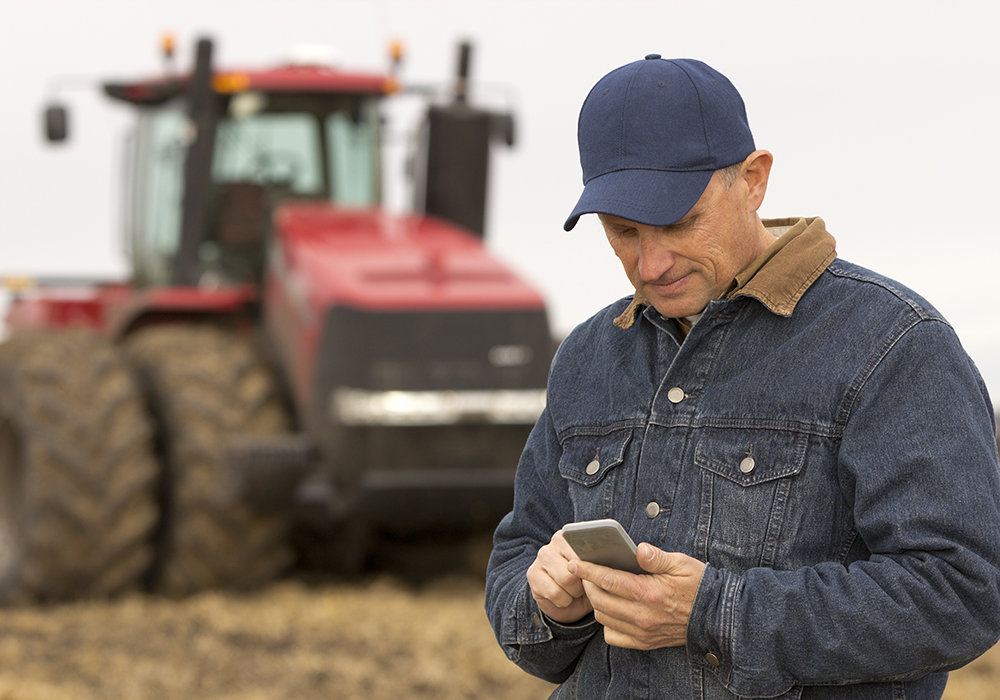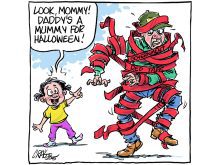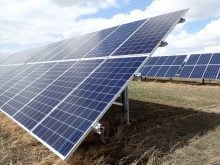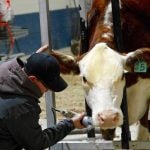I do not have a blue checkmark next to my name on Twitter. But, oh boy, do I want one. The checkmark is Twitter’s way of verifying to everyone else on the platform that you are, indeed, who you say you are.
I’m savvy enough on social media to sense what is forbidden and what classifies as a blunder, and I know everything I say on these channels is public. I am not, however, well versed at dealing with disagreements on social media.
For some, this is easy. They have large followings. They express their position, get a slate of positive, negative and alarming responses and seem able to let them roll off their backs. They may respond to a few, disregard a bunch and, on occasion, engage in a heated debate.
Read Also

Farmer ownership cannot be seen as a guarantee for success
It’s a powerful movement when people band together to form co-ops and credit unions, but member ownership is no guarantee of success.
This is impressive. It fills me with anxiety to think of tackling a public debate with someone I may not know, whose views may be wildly different than mine and whose understanding of the topic may limit a pound-for-pound exchange.
My constitution isn’t strong enough to cut through personal attacks and persevere in driving home a point. I also don’t know how this is best done. What is proper etiquette for such scenarios?
Farmers need to develop a better handle on social media. You may not think learning about it is worth your time. Many would scoff at the idea of taking a seminar on Twitter etiquette.
Rewind two years: I was doing work for an organization that hired someone to represent it on an ag-related committee. This person came highly recommended as an effective and strong advocate. Great.
I plugged this person’s name into my browser and one of the first things that popped up was an offensive Tweet he or she had liked.
This person wasn’t someone you’d readily associate with colourful language or an offensive sentiment. But there it was. A morsel of information I now had to interpret.
You may think, “who cares? It’s just Twitter. If this is person can do good things for ag, that’s more important than a silly tweet.”
But even if you’re right and I should move past what I saw, how many of you still reading this would be able to tell me it wouldn’t affect how you view this person?
It certainly affected my perspective and it affected how the organization saw this person, too.
Twitter may not be as important as feeding your cattle, but it would be naïve to say it doesn’t have friction with the real world.
It may feel like a personal musing when you’re alone typing words on the screen. But when you press send, you engage the world, including few who know you and can place in context what you’ve expressed.
Knowing what to say and what not to say on Instagram or Twitter is not the same as censorship, just as not telling your grandpa the soup he made is terrible isn’t an affront to your civil liberties.
If you’re a leader in the ag industry and you’re on Twitter, the things you’ve said over that medium have affected people’s opinions of you.
And if the ag industry is trying to win the trust of the entire public, it needs to make social media literacy a priority.
I would attend a webinar on how to deal with conflict and debate on Twitter. Maybe it would arm me with the social media skills required for that coveted blue checkmark.
Toban Dyck farms in southern Manitoba and shares his thoughts through media platforms.















